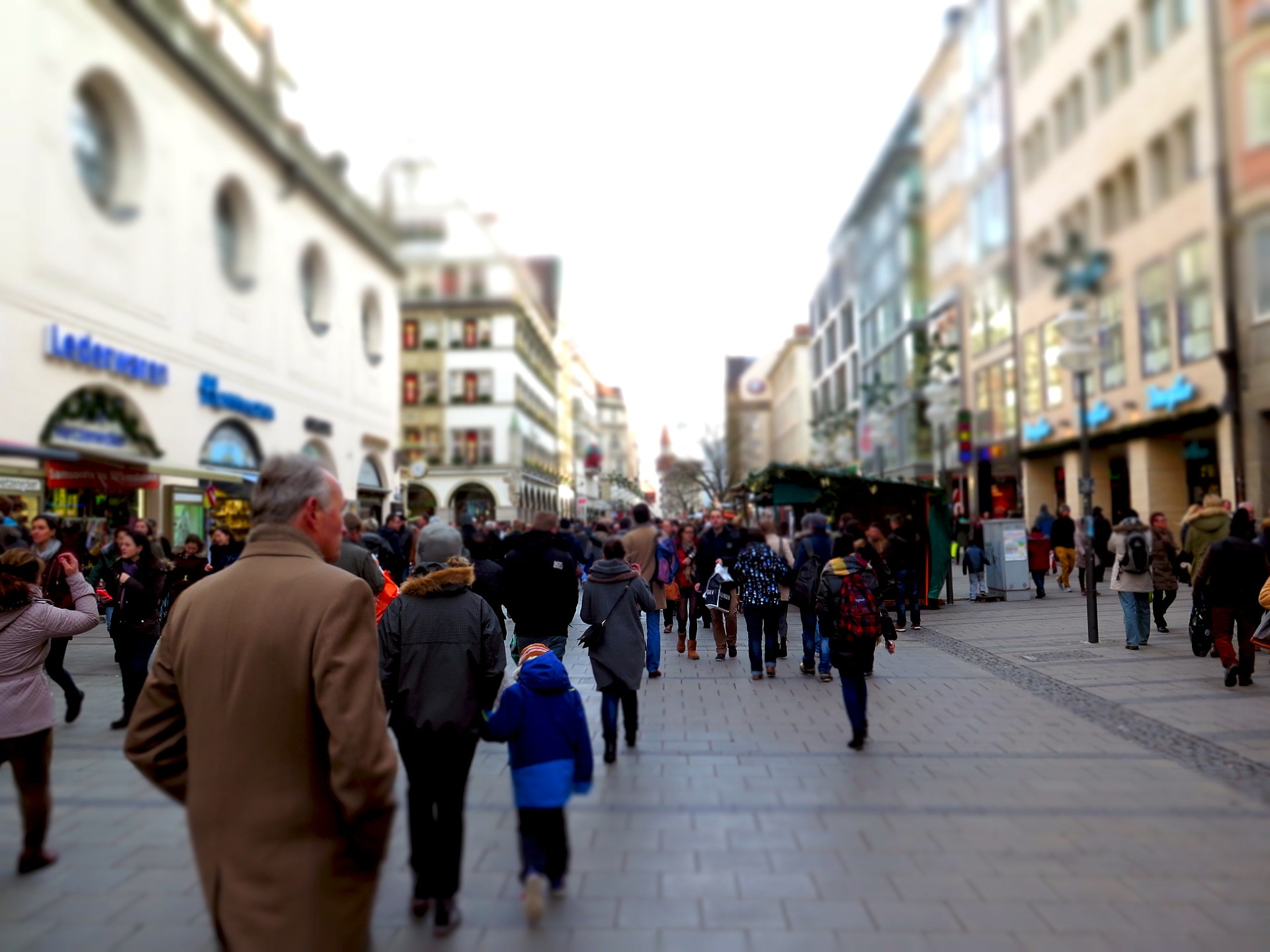Globetrotters, living in a digital world that doesn’t have any boundary, but seeking a local identity by belonging to one or more physical places. Placemaking enables Smart City to start a new storytelling
United Nations forecasts are clear: today, about 55% of the world’s population lives in urban areas, and this is expected to come up to 68% by 2050. Combined with the overall growth of global population, this could add another 2.5 billion people to Cities by 2050, with close to 90% of this increase taking place in Asia and Africa.
The responsible use of natural resources, and how to provide people with essential services and adequate wellbeing, are serious issues. But the increasing urbanisation also puts pressure to the method presently in force to manage and promote territories.
When talking about urban planning, we use to have local governments committed to steer land consumption and destination, and real estate businesses to erect buildings and palaces. In the Smart City age, it is imperative to integrate innovative technologies to support public services (energy distribution, street lighting, mobility, solid waste collection, etc.), boost turism and cultural marketing, typically resulting in a blooming of websites and mobile apps.
As Alessandro Scandurra from SSA explained in a recent training session, we learnt how to rank urban projects by evaluating the socalled hard infrastructures (road access, power and water networks, public lighting, etc.) and the soft ones (parking facilities, electric vehicles recharge stations, video surveillance, WiFi connectivity, etc.). In most cases, the storytelling of intelligent Cities stops at this level, positioning technology as the best possible answer to a number of questions including the need to have better public services, increased energy efficiency, a more effective public security, wider people inclusion, up to greater attractivity for residents, visitors and potential investors.
But this communication manner cannot succeed in engaging smart citizens, as they want to be part of “life communities”, as Italian President Sergio Mattarella defined them. In the global and digital era, the desire to belong to a psysical place has strengthened, as well as the need to establish stable relations and connections in a rapidly changing scenario.
Not only consumers or service users, citizens want to contribute to social, cultural and economic transformations that in urban areas have the quickest and most interesting developments. Looking for a new storytelling, Smart Cities thus revalue placemaking, the discipline theorised in mid ’70s by the New Yorker association Project for Public Spaces (PPS) and now deployed in more than 3,000 communities around the world.
Background contents date back to the ’60s, when researchers and urbanologists like Jane Jacobs and William H. Whyte underlined the importance of a people-focused urban planning, opposing to US cities designed as immense car parks or shopping malls. Placemaking suggests the shared planning of public spaces to accent livability by reinforcing relationships among inhabitants or users. Applicable to town centers, districts, parks and gardens, marketplaces and campuses, this method requires collaboration and joint responsibility of public and private bodies, from the design steps to operations management.
Kids-friendly areas or sports facilities, disabled engagement projects or cultural events, placemaking results can be very different one from the other, but their common denominator is building places where people needs can be satisfied across days, weeks and seasons, steering urban innovation and favouring inclusion.
In some countries – such as United States, Canada, France, UK and Japan – placemaking inspired regulators and brought to the formalisation of BIDs, Business Improvement Districts. In these areas, a group of private organisations (normally local businesses) signs an agreement with local government and commit to self-tax to support urban requalification programs. Although clearly aimed at preserving real estate values and promoting local economy, most BIDs had positive outcomes. It happened in New York City turning Bryant Park from a place for drug smugglers to a lively meeting point, or in London with the complete renewal of Bond Street, one of the most appreciated shopping districts in Europe. In Italy, where BIDs do not have a specific regulation, there is Cascina Merlata, growing up in Milan close to former Expo 2015 area.
Placemaking and BIDs presume a new public-to-private alliance, and possibly a little more of civic mindfulness. But this kind of approach is useful not only to finance urban development, but also to refresh the storytelling of Smart Cities, talking of places for their people, activities and passions – thus creating a physical, cultural and social identity of territories, and supporting their evolution over time.




